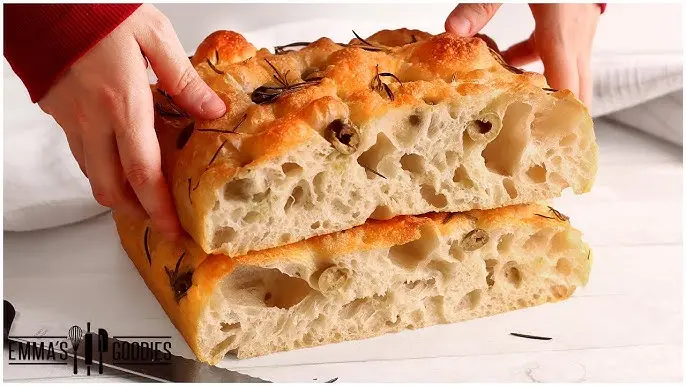Why the baking temperature matters
When it comes to baking bread, every detail is crucial. A slight variation in temperature may not seem significant, but it can greatly influence how the bread rises, the color and texture of the crust, and the size of the internal air pockets. Most focaccia recipes suggest an oven temperature between 425 and 450 degrees Fahrenheit, with some recommending up to 550 degrees for an even crispier crust. The higher the temperature, the browner and crispier the exterior will be. If the oven is not as hot as Luca Corazzina advises—say, below 400 degrees Fahrenheit—you won't achieve the signature crispy golden-brown crust that focaccia is famous for.
It's important to note that home ovens can sometimes be inaccurate in temperature—professional bakers frequently check and recalibrate their ovens for optimal performance. To verify your oven's temperature, place an oven-safe thermometer inside, then preheat it to 350 degrees Fahrenheit for 20 minutes before checking the reading.
In addition to monitoring time and the crust's color, the internal temperature of the bread is a vital indicator of doneness. It should reach around 190 to 210 degrees Fahrenheit, ensuring there is no residual doughiness. You can check this with a bread or meat thermometer, which is a worthwhile investment for home bakers at about $16 and an excellent tool for assessing food doneness. Another helpful tip: using a baking stone or a cast iron pan to bake focaccia can help achieve the ideal texture.
Recommended
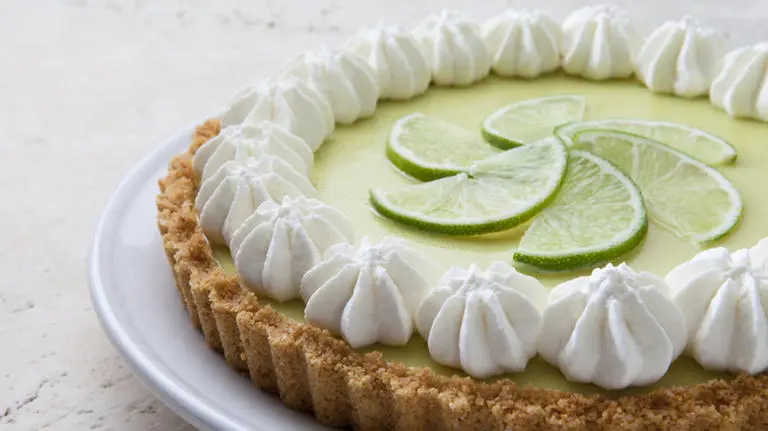
Before Making Ina Garten's Key Lime Pie, Make Sure You Have The Right Equipment
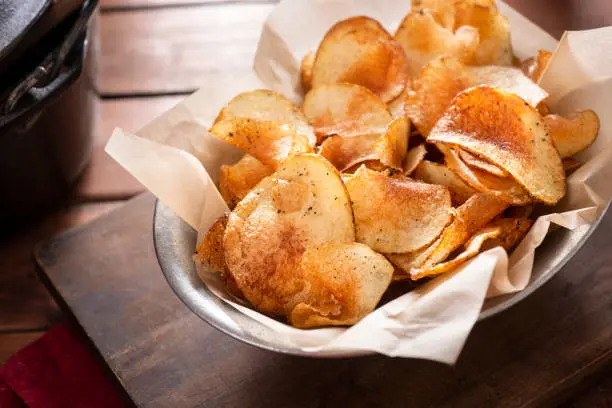
The Salty Snack Addition That Takes Your Cookies To The Next Level
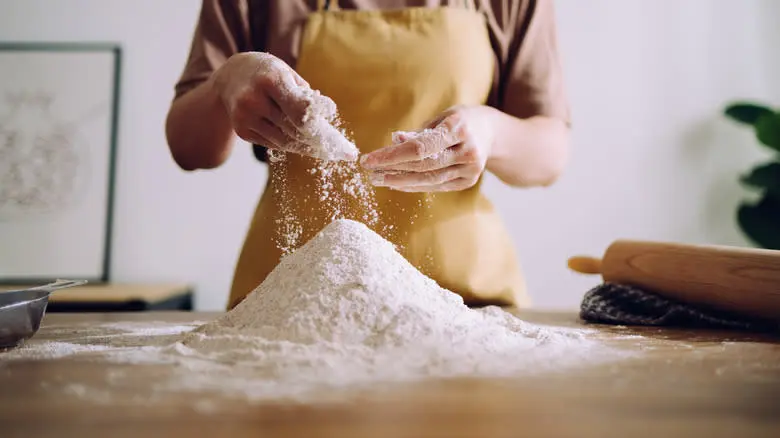
Gordon Ramsay's Secret To Better Donuts Starts With The Type Of Yeast He Uses
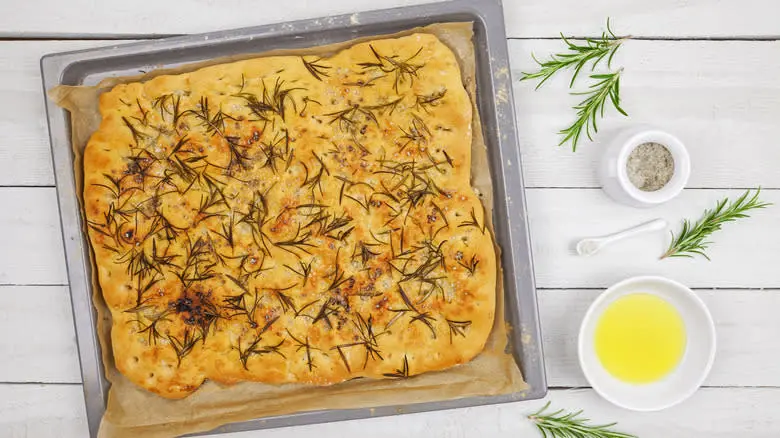
Keep Decorated Focaccia Toppings Vibrant With This Key Technique
Next up

